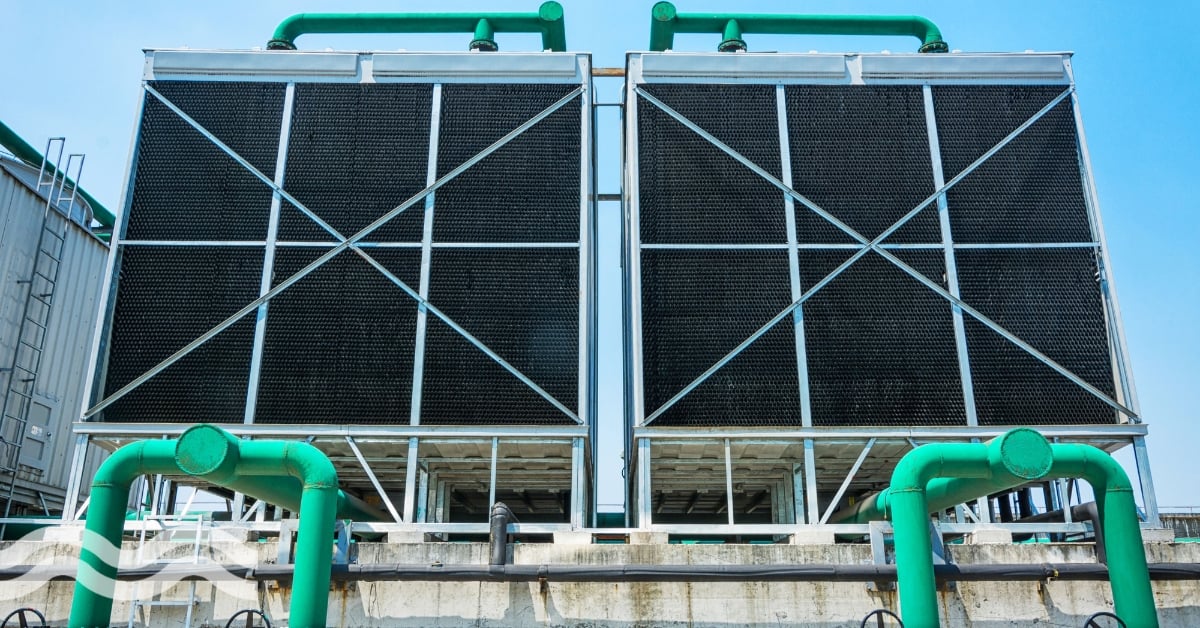PPP could boost international collaboration in China

Public Private Partnerships (PPPs) have been a fundamental mechanism to enable the development of water projects globally.
However, mixed results in China have led to a call for improved regulations to strengthen the development of PPPs to help boost water services.
Jointly developed by the World Bank and the Development Research Center (DRC) of China’s State Council, a new report addresses water management issues following China’s rapid development.
Called Watershed: A New Era of Water Governance in China, the report called for an update to China’s ‘Water Law’, which was last revised in 2002.
Rise and fall of the PPP
The PPP mechanism has been in development since the 1980s in various forms across China.
One of the first private sector water contracts was tendered in the late 1990’s with French multi-national company Veolia Environment being awarded an 18-year Build-operate-transfer (BOT) contract for the Chengdu No. 6 plant.
It was then in 2014 when the PPP model really came to life across China, with the Ministry of Finance announcing the establishment of the China Public Private Partnerships Centre.
In the same year over 1000 new projects were approved across the country valued at 1.97 trillion yuan, according to Deloitte. Furthermore, in the following four years around 14,000 projects valued at 20 trillion yuan, had been initiated.
For water utilities, the most common utility procurement model has been design-build-finance-operate (DBFO) model for PPP projects, with one contract model being forbidden – the build-transfer (BT) model, according to GWI.
Since the PPP boom, the model has had mixed results - in recent months authorities have reportedly cancelled around 2500 PPPs.
According to a report by Nikkei Asian Review, this was after Beijing concluded that local governments were “abusing the infrastructure financing arrangement to circumvent controls on their borrowing”.
Chinese water companies
At one stage, China rapidly became the “largest market in the world for private sector water ventures,” according to an EU Horizon 2020 research report – The water sector in China: Market opportunities and challenges for European companies.
The report highlights how Chinese Water Utility companies have evolved from water/wastewater treatment plant operators into urban catchment developers.
“In many cases half their business now is construction of urban environmental infrastructure such as parks, river restoration schemes and ecological housing developments to meet Sponge Cities standards. This is a very different role for “water” companies in China,” the report said.
Furthermore, of all the PPP projects active in China, around 33.5 percent are water-related, with a total investment of RMB2.9 trillion, according to China Water Risk.
Reforms
The report from the World Bank and DRC is a further call for a more robust PPP framework.
In April 2017 State Council notices were issued on reform of procurement processes to make them more open, transparent and to encourage fair competition between local and foreign bidders.
“Though there is some way to go in seeing these reforms implemented there is hope that some areas of the market may become more accessible in future,” according to the report.
Since publication of the report, China has also reportedly halted PPP development on non-revenue generating projects under decree 77 of 2018.
According to the report author, Simon Spooner, principal scientist, water and environment for consultancy Atkins: “This puts into serious question how the Sponge Cities and environmental restoration programme will be funded.”
Important lessons
The report by the World Bank and the DRC also called for more “innovative policies” in China to “better integrated water management at both national and regional levels”.
Four recommendations were made in the report:
1. Enhance the legislative foundation for water governance
2. Strengthen national and basin water governance
3. Improve and optimize economic policy instruments
4. Strengthen adaptive capacity to climate and environmental change.
Wang Yiming, vice minister of the Development Research Center, said: "China’s water governance faces a rapidly changing context with increasingly serious challenges, with more complicated problems and more ambitious goals.”
Victoria Kwakwa, World Bank Vice President for East Asia and the Pacific, added: “The Chinese experience in managing the development of water resources also has important lessons for other transitioning economies and informing efforts to address global risks to economic progress, poverty eradication, peace and security, and sustainable development.”


